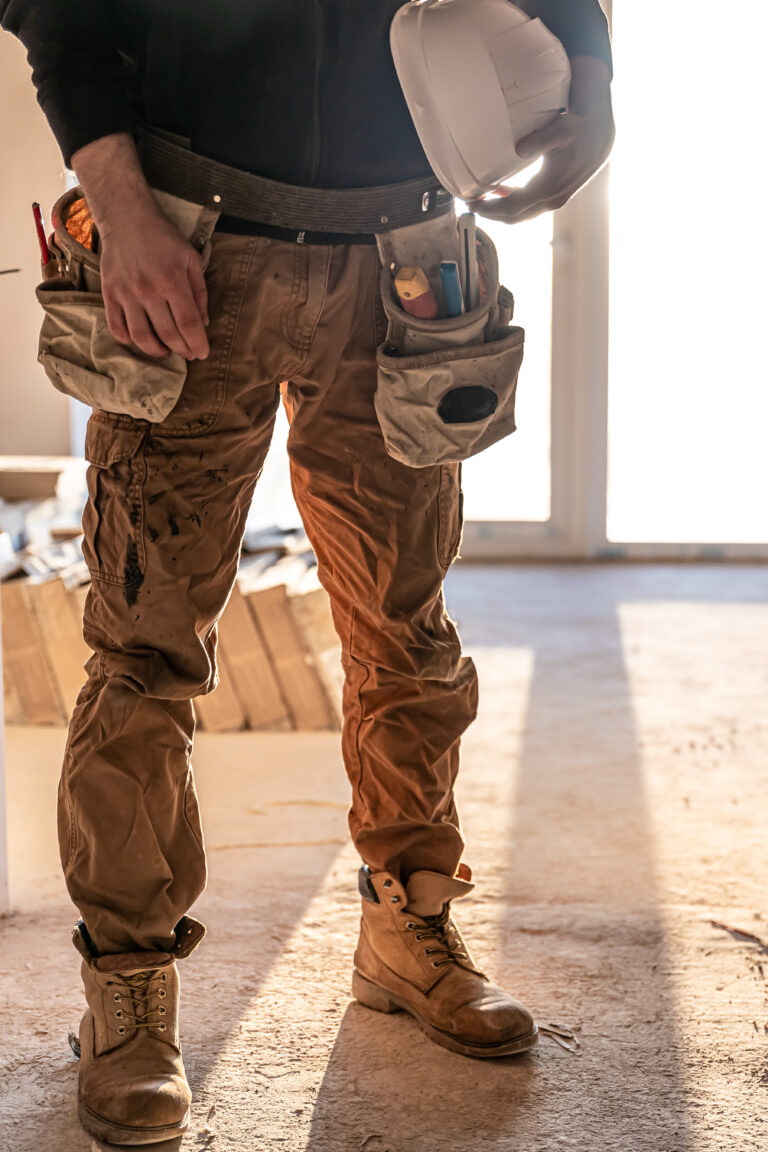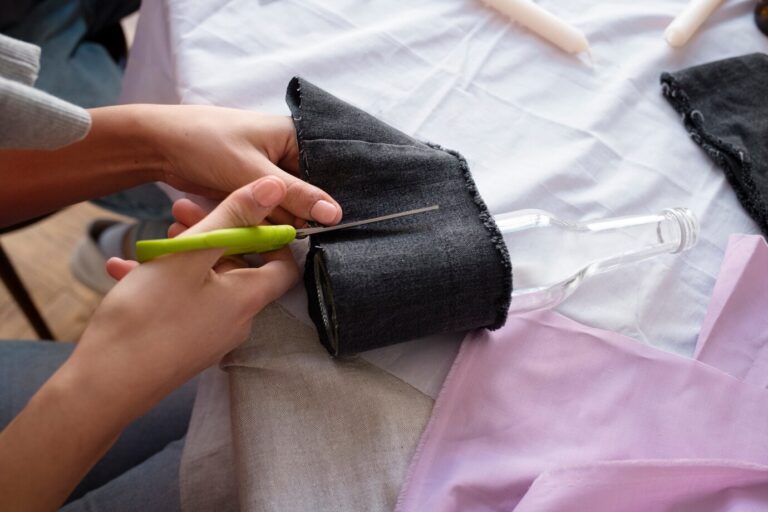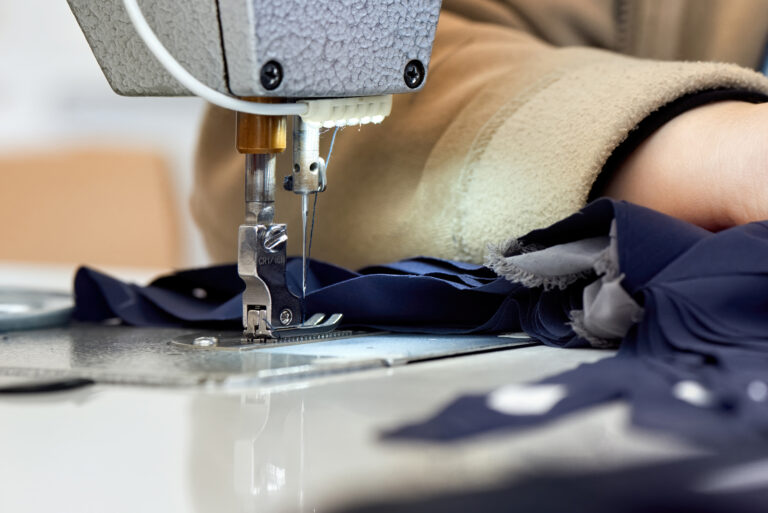The workwear industry is continuously evolving, driven by the need for ergonomics and comfort in clothing designed for tough, physically demanding jobs. As industries such as construction, manufacturing, and logistics continue to grow, workers’ well-being has become a top priority. Manufacturers are now focusing on advanced ergonomic designs and comfort-enhancing fabrics to improve performance, reduce fatigue, and promote long-term health. Let’s explore the latest innovations in ergonomic workwear manufacturing and the testing methods that ensure these garments meet the highest standards.
1. Ergonomic Design: Tailoring Workwear for Movement
Gone are the days when workwear was purely utilitarian. Today’s ergonomic workwear is designed with the human body in mind, allowing for maximum mobility and comfort throughout a long day of hard work. Ergonomic designs focus on anatomical fit and flexible construction that moves with the body. Features like articulated sleeves, pre-bent knees, and stretch panels in key areas ensure that workers can bend, twist, and reach without restriction. This not only enhances comfort but also reduces the risk of injuries caused by poor posture or repetitive movements.
Modern workwear is designed to move with you, not against you—ergonomic tailoring ensures that every stitch supports your body’s natural movements, whether you’re lifting, bending, or reaching.
2. Advanced Stretch Fabrics for Greater Flexibility
When it comes to comfort, flexibility is key. Stretch fabrics have become a game-changer in ergonomic workwear, providing workers with a greater range of motion without compromising durability. These fabrics are often made from blends of spandex or lycra, strategically incorporated into areas like the back, arms, or legs to allow for better flexibility and stretch. Workers in physically demanding roles, such as construction or welding, benefit from this innovation, as it allows them to move freely without feeling restricted by stiff clothing.
Stretch fabrics in workwear allow workers to bend, stretch, and move freely, providing the perfect balance between flexibility and durability for jobs that demand constant motion.
3. Breathable and Moisture-Wicking Materials
Comfort in workwear also means staying dry and cool, especially in hot or strenuous environments. Breathable fabrics paired with moisture-wicking technologies are now standard in modern workwear, helping to regulate body temperature and prevent overheating. Fabrics like merino wool, polyester blends, and bamboo are naturally breathable, while moisture-wicking technologies draw sweat away from the skin, keeping workers dry and comfortable. These fabrics not only increase comfort but also improve safety by helping workers stay focused and alert throughout their shifts.
Say goodbye to sweat-soaked shirts—moisture-wicking fabrics in today’s workwear pull sweat away from your skin, keeping you cool and dry even in the hottest, most physically demanding environments.
4. Temperature-Regulating Fabrics for All-Weather Comfort
Workwear needs to adapt to the changing weather conditions workers face. Temperature-regulating fabrics have been developed to provide all-weather comfort. These fabrics use advanced technologies that trap warmth in cold environments while allowing heat to escape in warmer conditions, ensuring that workers are never too hot or too cold. For example, fabrics with phase-change materials (PCMs) absorb and release heat to maintain a consistent temperature, keeping workers comfortable in fluctuating temperatures.
Temperature-regulating fabrics in workwear ensure comfort in any weather—keeping workers warm when it’s cold and cool when it’s hot, thanks to materials that adjust to your body’s needs.
5. Anti-Fatigue Footwear and Insoles
Comfort isn’t just about the clothes you wear—ergonomic footwear plays a critical role in reducing fatigue and improving overall well-being. Many workwear manufacturers are now incorporating anti-fatigue insoles and ergonomically designed footwear to provide additional support and cushion throughout the day. Gel-based insoles or shoes with shock-absorbing soles help reduce strain on the feet, knees, and back, promoting long-lasting comfort during extended shifts.
The right ergonomic footwear can make all the difference—anti-fatigue insoles and shock-absorbing soles reduce strain, helping workers stay comfortable and productive on their feet all day long.
6. Lightweight, Durable Fabrics
Ergonomic workwear doesn’t just focus on comfort; it also needs to be tough. The latest advancements in lightweight, durable fabrics combine the best of both worlds. Ripstop and ballistic nylon are being used to create lightweight workwear that can withstand abrasions and wear without feeling heavy or cumbersome. This ensures workers can move freely while still being protected against harsh conditions and demanding tasks.
Modern workwear combines lightweight durability—fabrics like ripstop nylon provide protection from abrasions and wear without adding bulk, keeping workers agile and safe on the job.
7. Customizable Fit for Maximum Comfort
Workwear isn’t one-size-fits-all, and manufacturers are increasingly offering customizable fit options to ensure that every worker experiences maximum comfort. Adjustable waistbands, hook-and-loop closures, and velcro straps allow workers to personalize their gear for a better fit. This approach ensures that no matter the body type, workers can enjoy a tailored fit that enhances comfort and mobility throughout the day.
Customizable fit features in workwear, such as adjustable waistbands and velcro straps, provide a personalized experience, ensuring that every worker stays comfortable and mobile throughout their shift.
8. Comprehensive Testing for Ergonomic Standards
Manufacturers are putting ergonomic workwear through a battery of rigorous tests to ensure it not only provides comfort but also meets safety standards. From dynamic movement testing to durability tests, workwear undergoes trials to make sure it holds up in real-world conditions. These tests assess how the garments perform in various work environments, ensuring they stay flexible, breathable, and durable over time. This testing process guarantees that workers can rely on their gear, no matter the job or environment.
Every piece of ergonomic workwear undergoes comprehensive testing to ensure it meets the highest standards of flexibility, durability, and comfort, so workers can rely on their gear day in and day out.
Conclusion: The Future of Ergonomic and Comfortable Workwear
As the workwear industry continues to innovate, the focus is shifting towards designs that prioritize ergonomics and comfort without sacrificing durability or safety. From stretch fabrics that move with the body to breathable materials that regulate temperature, workwear manufacturers are continuously improving the way garments fit, feel, and function for workers in demanding environments. By ensuring a customizable fit, leveraging advanced fabric technology, and conducting comprehensive testing, today’s workwear is more comfortable, efficient, and safer than ever before.
With continuous advancements in ergonomic design and comfort-enhancing fabrics, the future of workwear is focused on delivering smarter, more flexible gear that not only protects workers but enhances their productivity and well-being.






